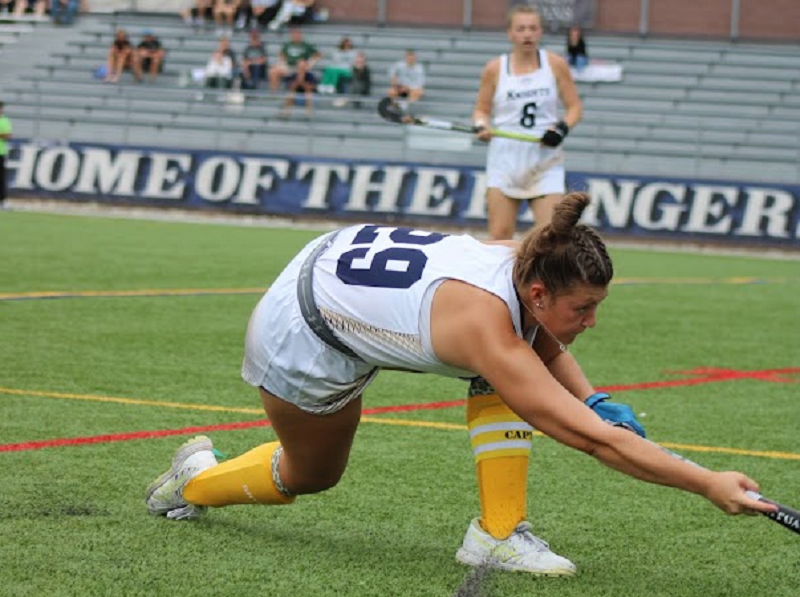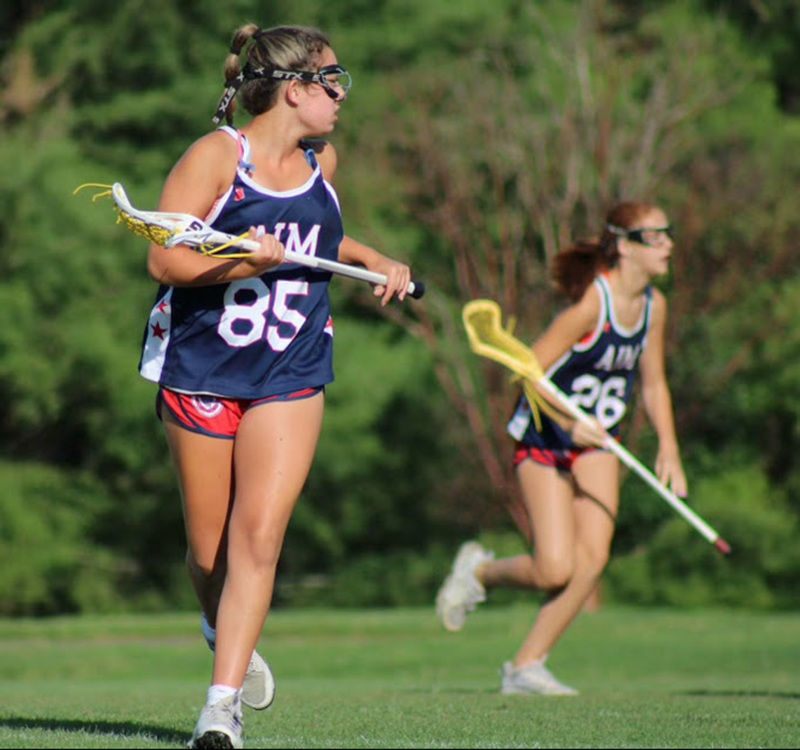How Micro-Adjustments in Form Drive Athletic Performance Enhancement
- JDS1 Marketing
- Aug 14
- 4 min read

You already train hard. You follow your program, push your limits, and keep your eyes on the prize. But what if your biggest performance gains didn’t come from doing more but from doing things just a little better?
For many athletes, the path to athletic performance enhancement isn’t about overhauling everything. It’s about making tiny, precise tweaks that lead to massive improvements over time. These small changes, known as micro-adjustments, can refine your movement, increase your efficiency, and take your results to the next level.
The Power of Small Changes in Athletic Performance Enhancement

In sports, every fraction of a second, every extra inch, and every slight shift in body position matters. The difference between winning and almost winning can be as small as a subtle adjustment in form.
Micro-adjustments aren’t about reinventing your training. They’re about fine-tuning what you’re already doing. Think of them as the “secret seasoning” that takes your performance from good to elite. When paired with physical performance testing, they’re not random guesses; they’re targeted changes backed by data.
Why Micro-Adjustments Work

Your body is like a high-performance machine. When all parts are working smoothly together, you get maximum output. But even tiny inefficiencies like a knee turning in slightly during a squat or your foot striking too far forward when you run can waste energy, reduce power, and increase injury risk.
By focusing on movement efficiency, micro-adjustments:
Reduce wasted motion so you can move faster with less effort.
Optimize force production for stronger, more powerful movements.
Improve balance and stability for more consistent performance.
Lower the risk of injury by reducing unnecessary strain.
Biomechanics in Sports: The Science Behind It
Every sport has its own set of optimal movement patterns. Biomechanics in sports is the science of studying those patterns and identifying the most efficient way to execute them.
When you combine biomechanics with micro-adjustments, you get a precise roadmap for improvement. You’re no longer guessing what might help. You know exactly what to change and why.
Stories of Small Tweaks with Big Results
The Golfer Who Gained 15 Yards
One golfer noticed his drives felt powerful but inconsistent. A biomechanics analysis revealed his lead foot was turning slightly during his swing, reducing torque. By adjusting foot placement just a few degrees, he added 15 yards to his average drive, without swinging harder.
The Sprinter Who Cut 0.2 Seconds
A sprinter’s physical performance testing showed she was overstriding, causing extra ground contact time. A small change in knee drive and foot strike position improved her acceleration, cutting 0.2 seconds off her 100-meter time.
The Weightlifter Who Stopped Hitting a Plateau
A weightlifter was stuck at the same squat weight for months. An analysis showed his bar path was slightly forward of optimal. By adjusting his stance width and bar position, he increased his lift by 20 pounds within four weeks.
How to Identify the Right Micro-Adjustments for You

You can’t fix what you don’t see. Many inefficiencies are too subtle to notice without a trained eye or the right tools. That’s why starting with physical performance testing is essential.
Here are steps to find your micro-adjustment opportunities:
Assess Your Current Form
Record yourself performing key movements from multiple angles. Look for imbalances, unnecessary motions, or changes in technique under fatigue.
Get a Professional Biomechanics Evaluation
An expert in biomechanics in sports can identify inefficiencies invisible to you or your coach.
Focus on One Change at a Time
Overhauling everything at once can backfire. Choose one adjustment, practice it until it becomes natural, then move to the next.
Track Your Progress
Use measurable benchmarks, like time, distance, or weight, to confirm the change is making a difference.
Examples of Common Micro-Adjustments in Different Sports

Running: Adjusting foot strike to reduce braking forces.
Swimming: Tweaking hand entry angle for smoother water displacement.
Cycling: Changing saddle height by a few millimeters to improve pedal efficiency.
Baseball/Softball: Altering bat angle slightly to improve swing path.
Basketball: Modifying follow-through to increase shooting accuracy.
In fast-paced sports, reaction time training can also play a big role in executing these adjustments under pressure.
Why Athletes Love Micro-Adjustments

When you train like an athlete, you understand the value of continuous improvement. Micro-adjustments deliver results without completely disrupting your routine. They also:
Provide quick wins that boost motivation.
Make performance improvements feel more achievable.
Reduce the frustration of plateaus.
It’s not about working harder, it’s about working smarter.
Clearing the Path to Your Best Performance
Micro-adjustments in form are often the missing link between where you are and where you want to be. Whether you’re chasing a personal best, aiming for a scholarship, or just wanting to feel stronger and more efficient, the smallest changes can create the biggest results.
But how do you ensure those changes are truly the right ones for you?
From Micro-Adjustments to Precision Engineering

A great first step is identifying your movement patterns through physical performance testing. At Analytics for Athletes, we take this even further with the DorsaVi™: Athletic Movement Index.
This advanced system uses wearable sensors to capture detailed, real-time data on how your body moves in multiple planes. It shows you exactly where inefficiencies exist — and what changes will deliver the most impact.
By combining biomechanics in sports expertise with this technology, we help you:
Pinpoint specific movement inefficiencies.
Reduce injury risk through targeted improvements.
Maximize every ounce of power and efficiency in your training.
If you’re ready to see how small changes can lead to huge gains, book your DorsaVi™: Athletic Movement Index assessment today. The sooner you start, the sooner you’ll see results.






